Educational games generally do not have a great reputation when it comes to actually entertaining the player. Often made on a shoestring budget, these titles usually replace jumping on enemies with solving equations and call it a day. A few notable exceptions exist, of course: the grueling Oregon Trail is a master class in managing resources, and Where in the World Is Carmen Sandiego? deftly taught geography while the player searched the world for a notorious jewel thief. For the most part, however, the genre is littered with low-effort, low-budget. With this in mind, the slick presentation and enjoyable gameplay of free title Island Saver comes as a pleasant surprise. Featuring a complicated economy and a strong environmental message, the game does not forget to have fun while teaching the basics of finances.
The player is a bionaut: a special environmental agent tasked with cleaning up pollution. They have been dispatched to the Savvy Islands, a trio of landmasses that have fallen prey to trash strewn about by the evil Litterbugs. As the rubbish is cleaned up and recycled, life slowly returns to the islands, with many different animals inhabiting the different biomes. Environmental restoration is an expensive task, however, and the player will need to master concepts like loans, interest, exchange rates, and debt to save all the animals.
Cleaning up the environment in Island Saver is surprisingly good fun. The beach the bionaut lands on is utterly trashed, covered in plastic bottles and black goop, but the mess is soon tidied up with the player’s trash gun, sucking up bottles into the inventory and spraying the goop away with a blast of water. As an area is cleared, the local “Bankimals” — adorable living piggy banks — start to appear and will move in permanently once they have eaten enough of their favorite food. Once all the Bankimals are saved and the land is clean, a new area opens up, with new creatures to save and plants to wash down. The gameplay slowly grows in complexity, with later areas requiring planting seeds to grow plants for the Bankimals, mini-boss fights with the Litterbugs, and building structures out of recycled materials.
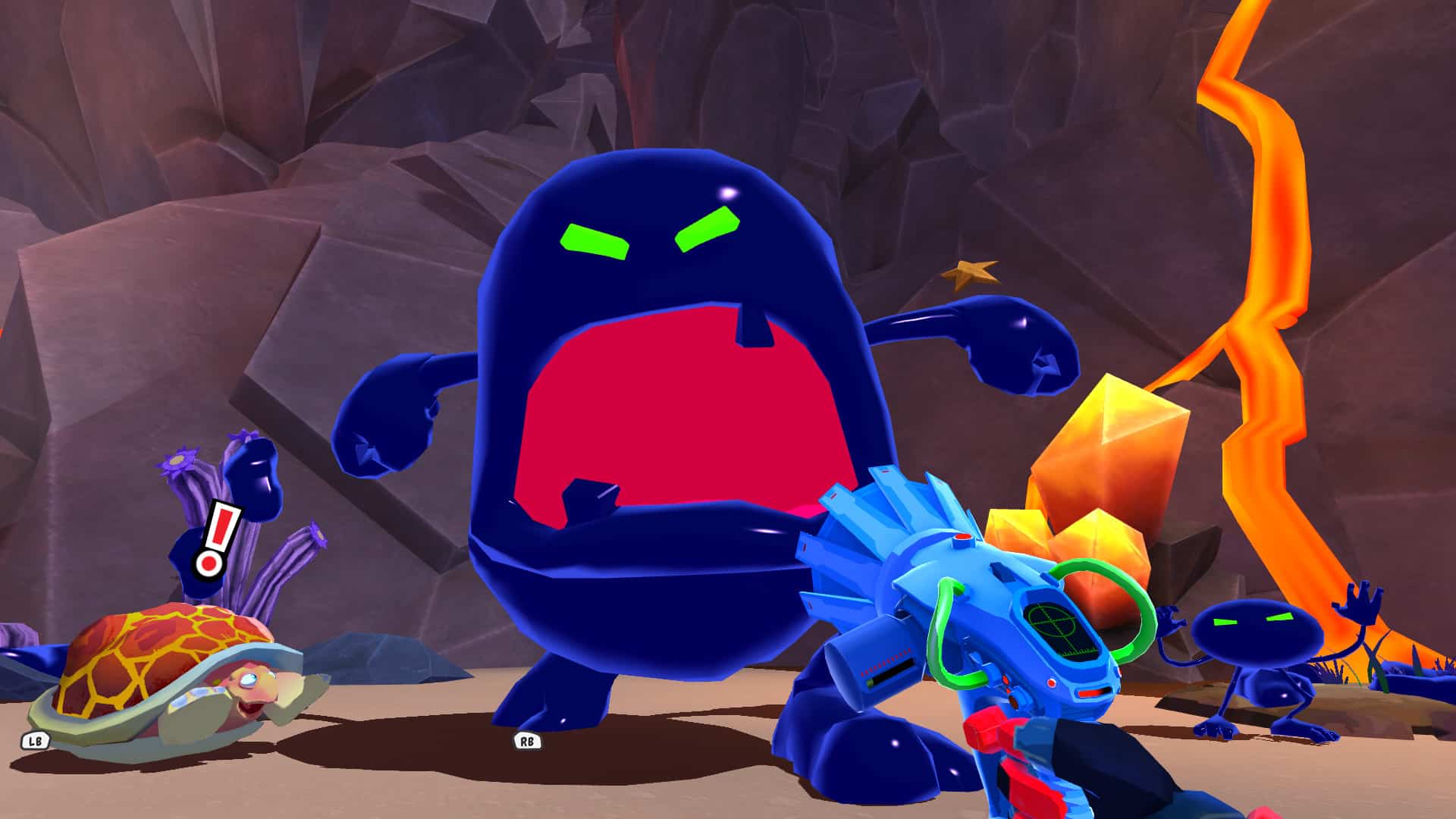
In addition to Steam, Island Saver is also available for free on Nintendo Switch, PlayStation 4, and Xbox One.
A currency called doubloons is awarded for completing most tasks, such as recycling rubbish, growing a plant, or saving a Bankimal. Great importance is put upon money management in Island Saver, with the player encouraged to put their doubloons in the bank, which requires them to use a pin code to withdraw cash at each new building. Money in the account gathers interest, the player pays tax, and loans can be taken out to pay for expensive items. The financial concepts are described in an easy-to-understand manner and add an interesting layer of complexity to the game.
Financial literacy is an issue that many people struggle with, and it is not an easy subject to break down into simple terms. Island Saver describes the concepts with ease, even warning players to beware of scams and showing how to exchange currencies. The lessons are smoothly integrated into gameplay, too, with understanding how the systems work the key to progression.
Island Saver is a decidedly cosy experience, the satisfaction of tidying up enhanced by its gorgeous visuals. The world is bright without being garish, and the Bankimals are all simply adorable. On an early map, it was heart-breaking to see a crab struggling with a bottle stuck in its coin slot. The creatures cannot die, so once I removed it he was totally fine, but it is a testament to the great designs that I came to care for the animals so quickly.
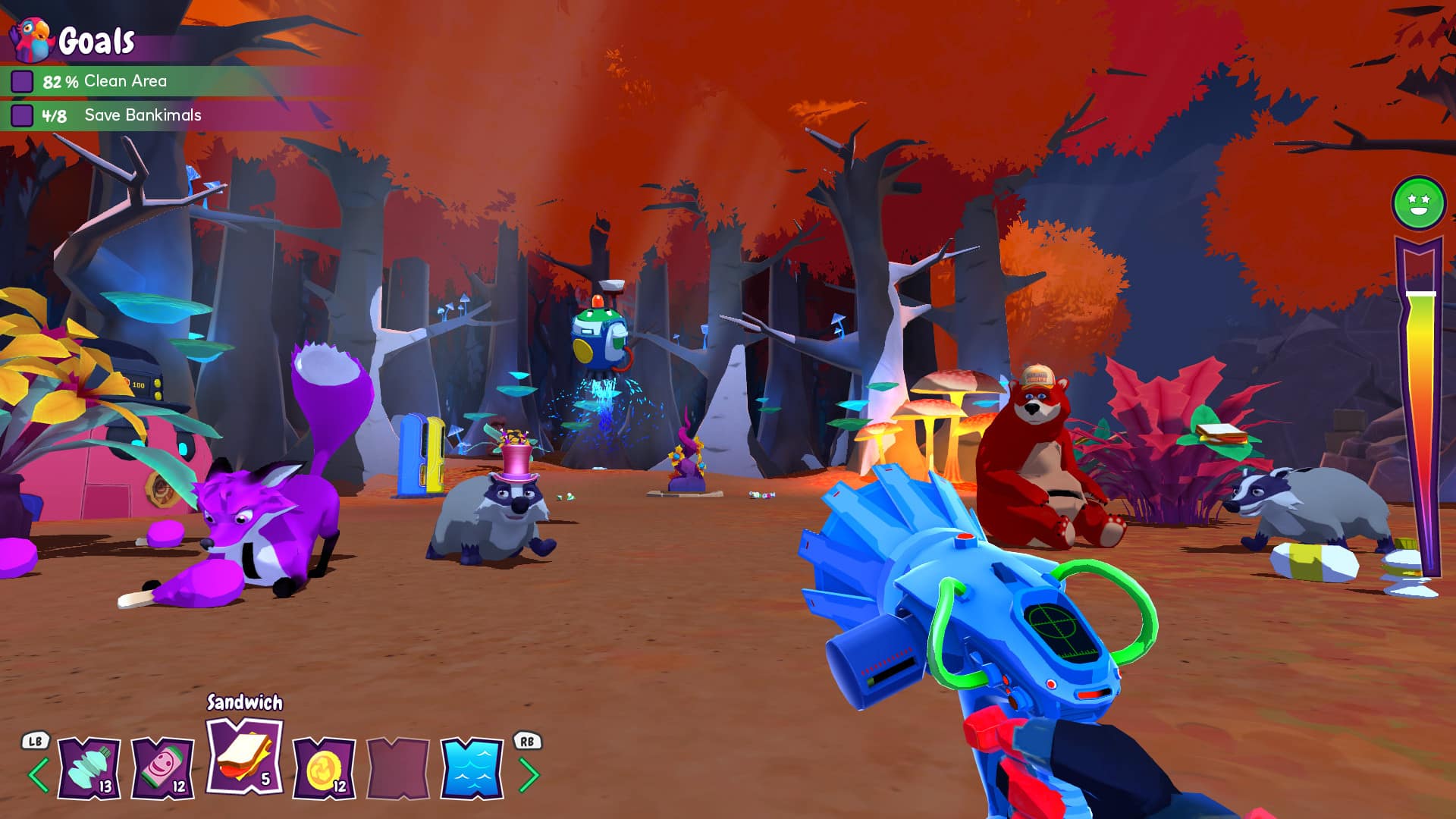
As an educational game for children, Island Saver is perfect as it is, but a few changes could be made to give the title an all-ages appeal. An absolute must would be a toggle to turn off the tutorials. This kind of slow, exploratory game works best when the player can focus on doing what they like, but the guide, Kiwi the parrot, interrupts play every 30 seconds or so with a loud squawk, reminding the player of the objective. It was annoying enough that I had to turn my sound off.
Another issue to address in Island Saver would be the inventory space, which is way too small. The player starts out with four slots, with a fifth one unlocked near the end of the game. Considering the rubbish, seeds, food for the animals, money in several currencies, and other items used in the game, the space is simply not nearly large enough.
The lack of space also results in a lot of backtracking, which grew tiresome. The volcano island had this little windy path that I went up and down at least 10 times as I had forgotten an ingredient for fertilizer or did not bring enough money. The late-game upgrades to the inventory help a bit, but an extra three or four slots would feel a lot more comfortable.
I would also love to see a sandbox mode, where one could really experiment with the game’s complex economy. Let me grow a garden with a bunch of different Bankimals and see if I can afford to sustain it.
Island Saver borrows ideas from Slime Rancher, Viva Pinata, and Super Mario Sunshine to teach important financial lessons in an enjoyable way. The islands are fun to explore, and I was constantly delighted by the creatures I met along the way. Although the game might be a little repetitive for older gamers, younger ones will have a blast. If you would like to support the developer, a fourth dinosaur-themed island is available as DLC.
Next week we will be playing Roller Riot, a beat-‘em-up with a pastel cyberpunk aesthetic. The game can be downloaded from Steam. Discussions will be happening in the Discord server.

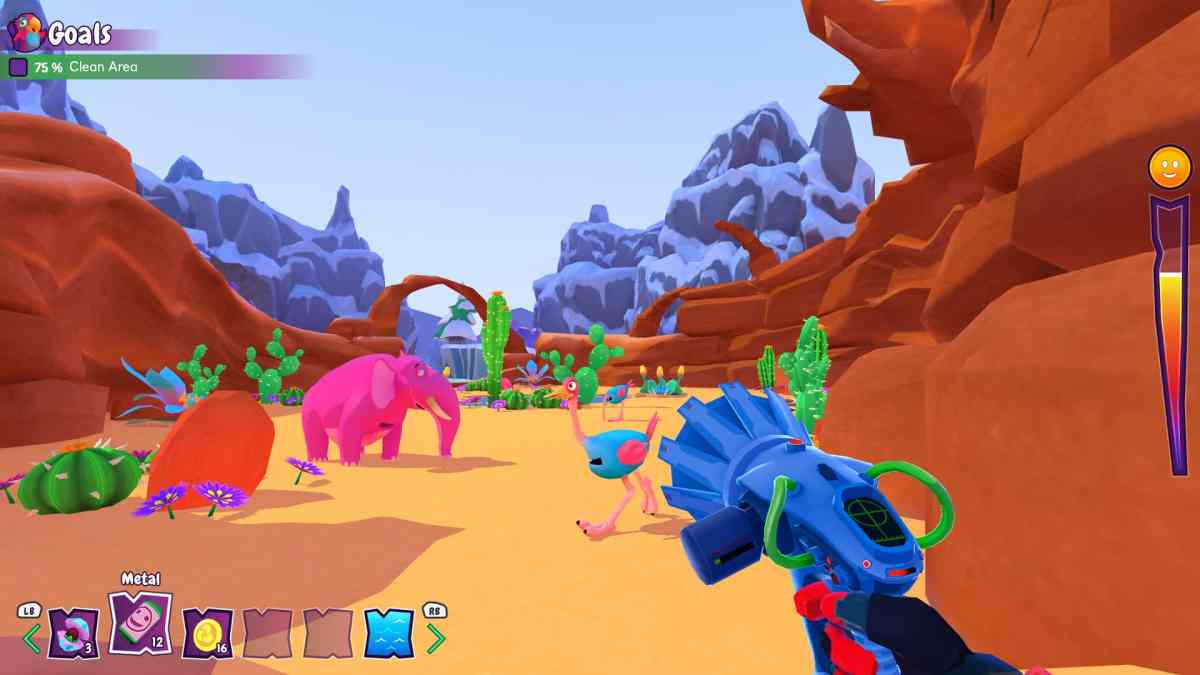





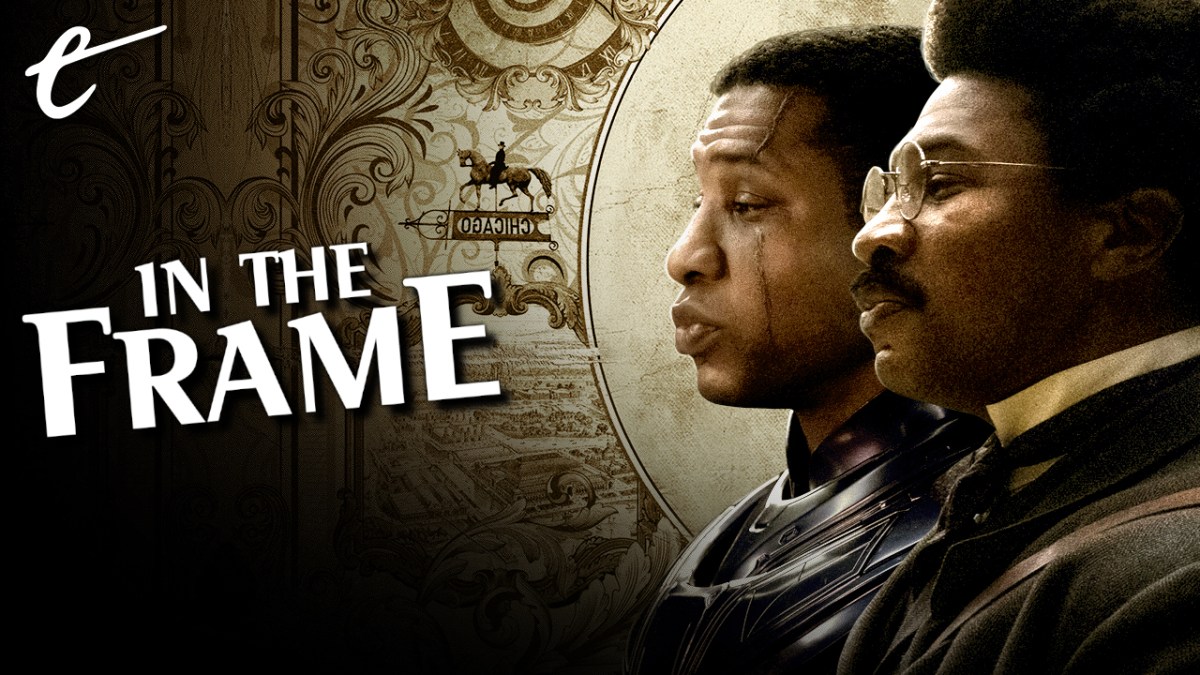

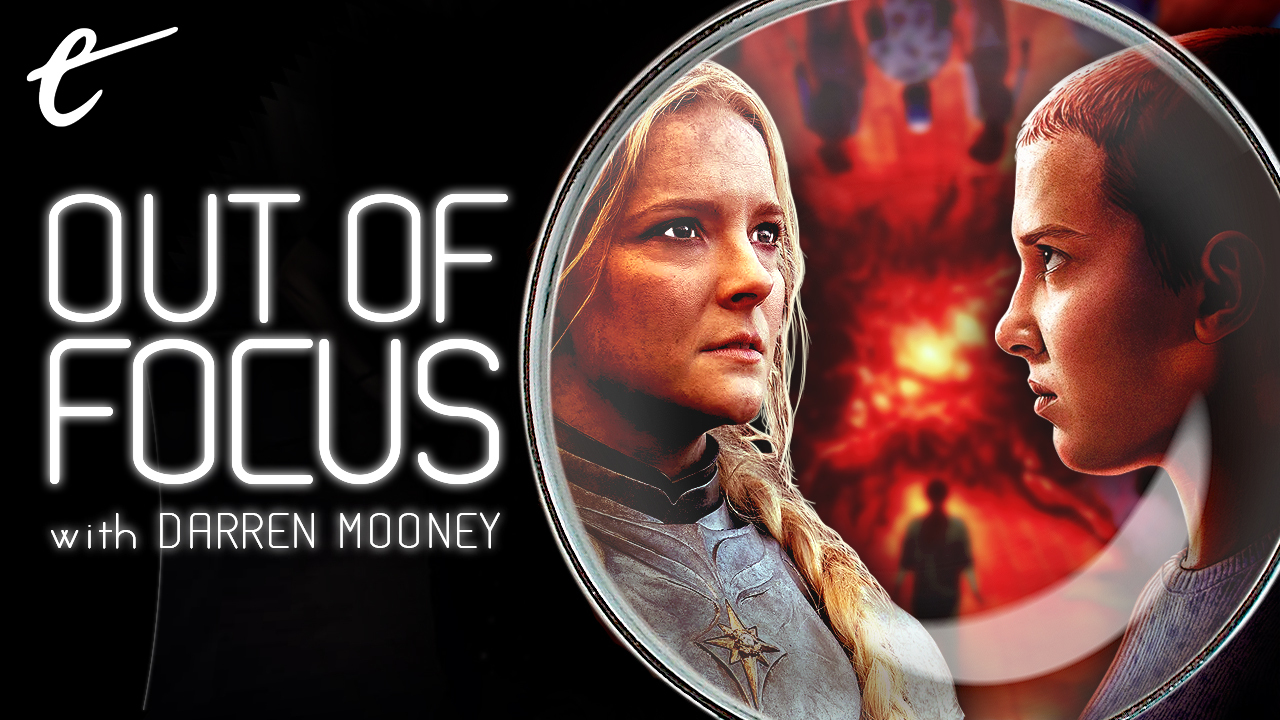
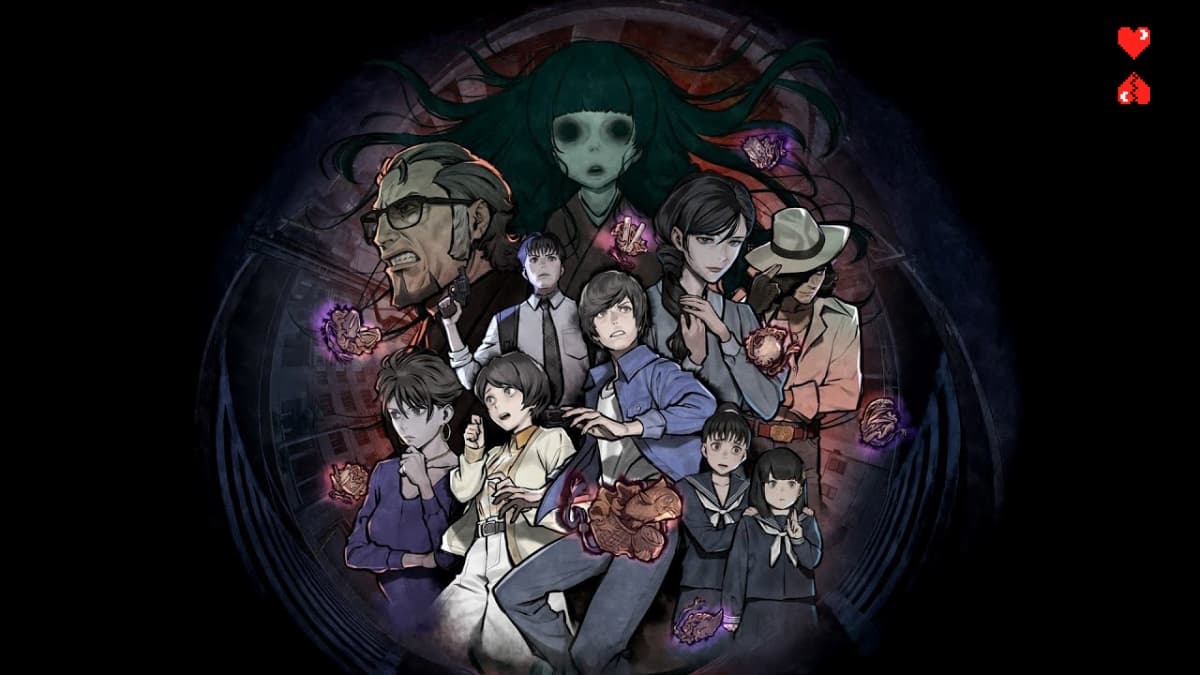
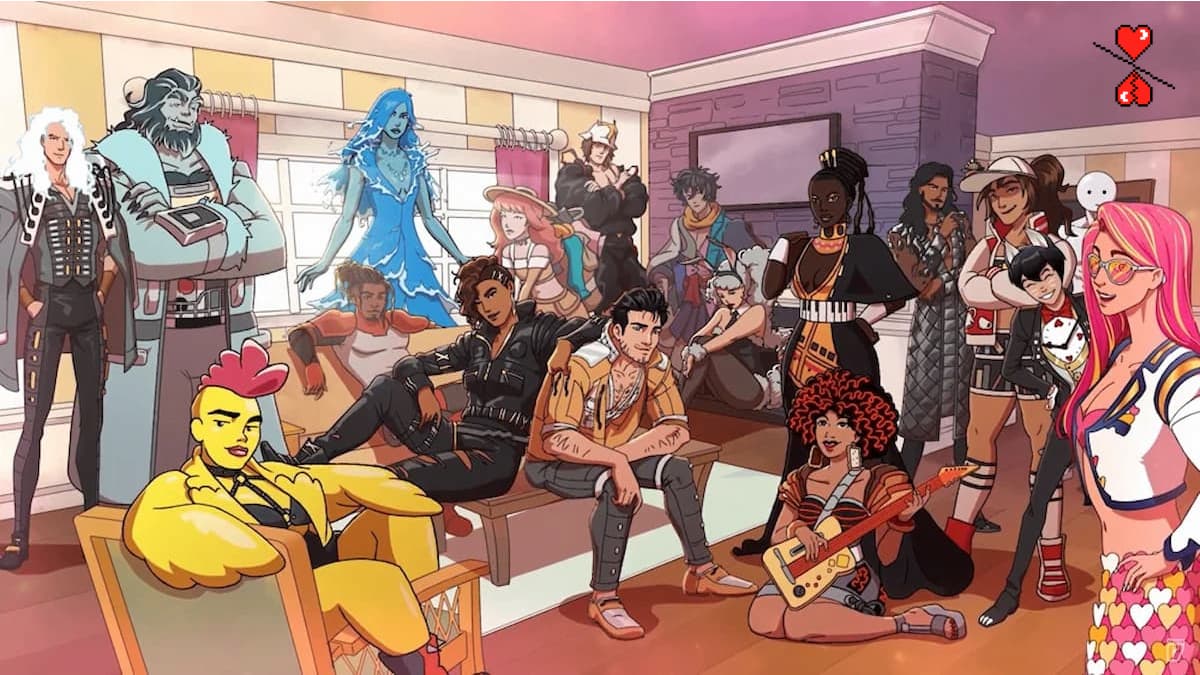


Published: May 29, 2020 7:09 PM UTC